On 25 July, Trinidad and Tobago Football Association (TTFA) president Kieron Edwards suggested that “progress” was being made with regards to the country’s eligibility law, which would widen the pool of players available for the national football team.
The TTFA, said Edwards, was “already putting systems in place […] with National Security and the Immigration Department to expedite passports once the coach makes his selections”.
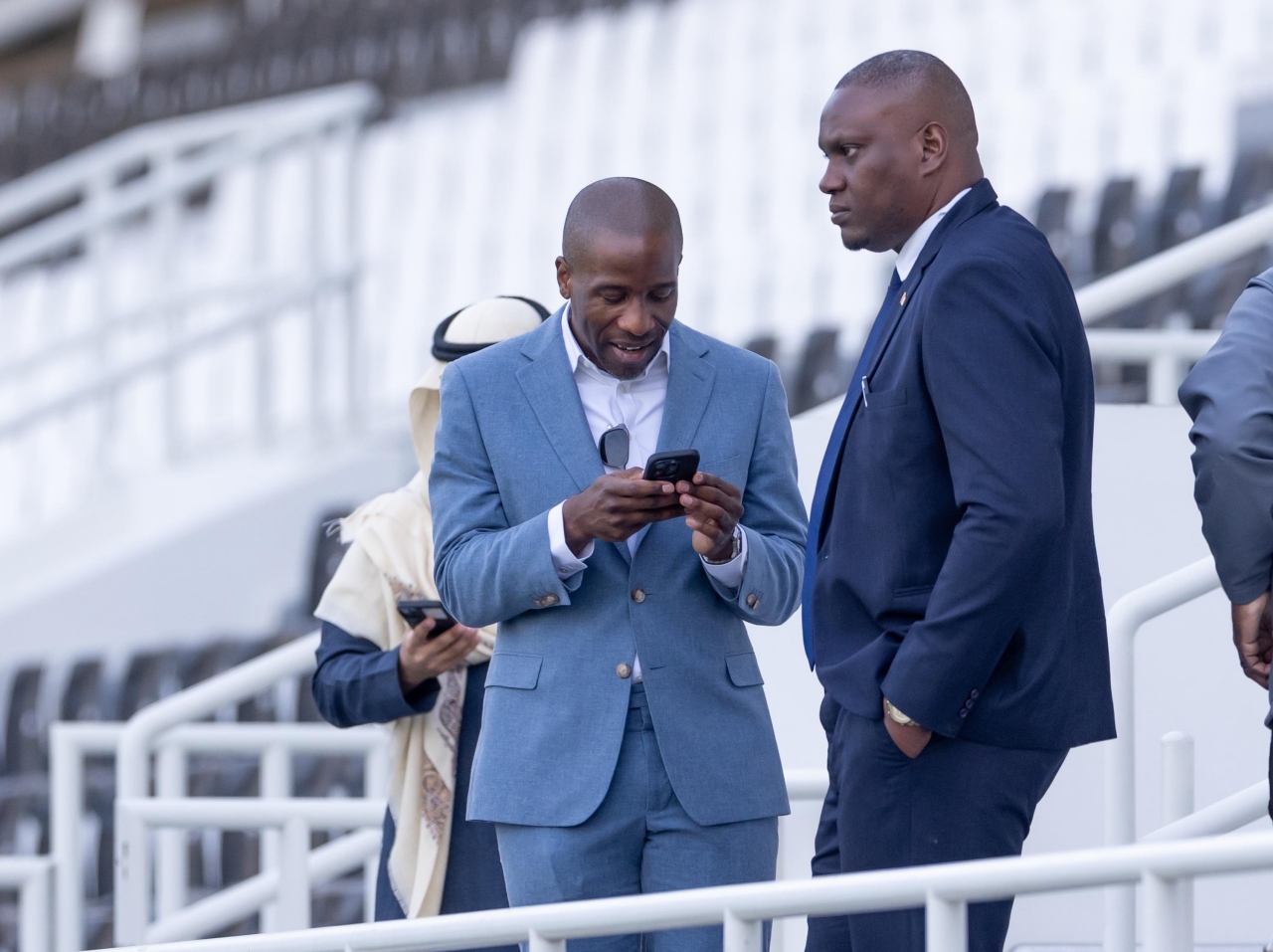
(via TTFA Media.)
Five days later, it emerged that the TTFA had actually not put things in place for its youth team to travel to Aruba for the Concacaf Under-15 Championship—a tournament that was scheduled two years ago.
It is not always possible to know whether you can trust the integrity of a speaker. But, if you look closely enough, there tend to be signs.
Do you believe that the Edwards-led local football body can effectively and efficiently assimilate overseas-born footballers? The same one that could not find a way to properly involve Tobago in a six-week-long interzonal under-15 competition, meant to be a selection tool for national coach Densill Theobald?
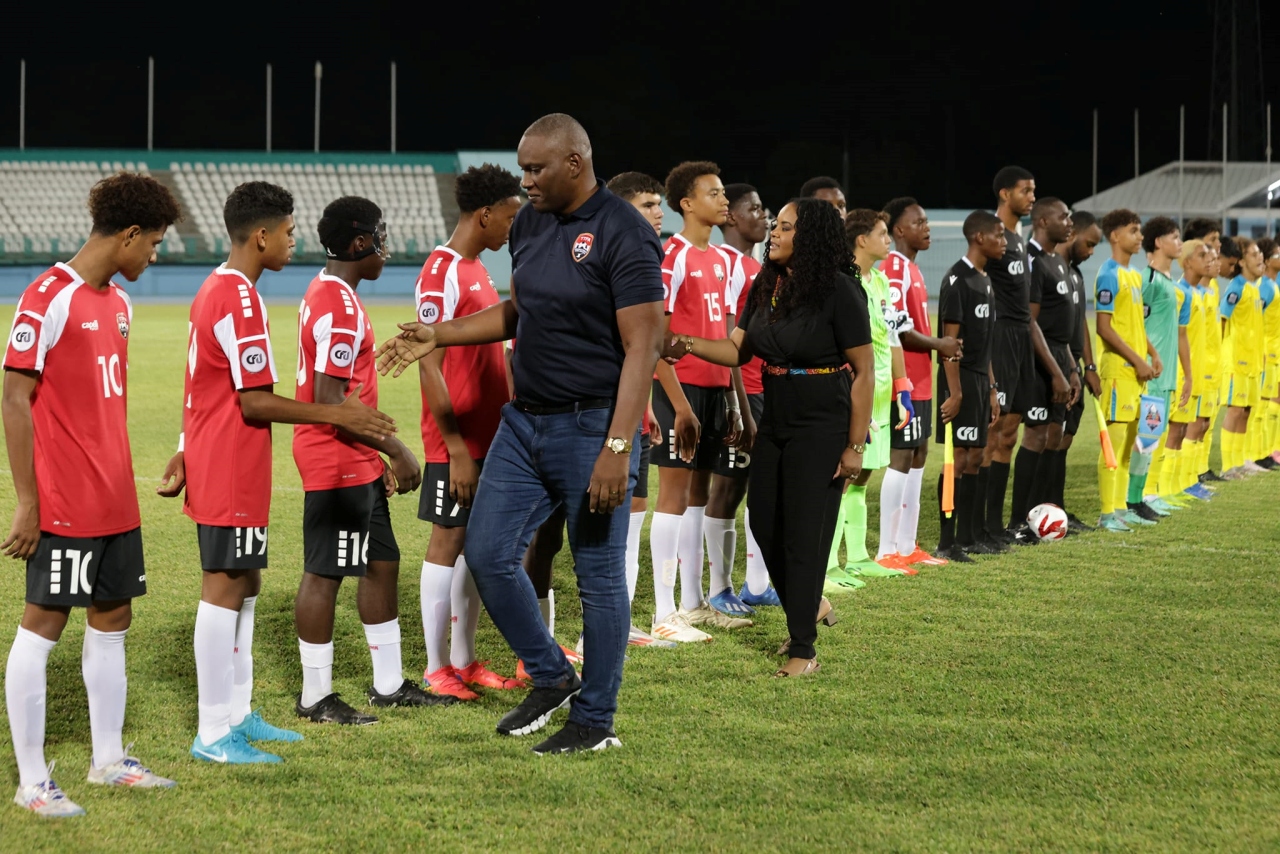
Photo: TTFA Media.
Well, none so blind…
The Boys National Under-15 Team did get to Aruba, incidentally. They landed two days late and a player short at the Reina Beatrix International Airport in Oranjestad.
And, after successfully petitioning Concacaf to reschedule their opening game because of their own incompetence, the young Soca Warriors—with all due respect to Selwyn Melville—went on to finish third in League B (the Concacaf’s second tier) with four wins and a 6-2 loss to Jamaica.
So, was Trinidad and Tobago’s 2025 Concacaf Under-15 campaign a decent showing? Or an embarrassment? And for whom?
How does one gauge the work done by Theobald, team manager Nigel Roberts, technical director Anton Corneal and technical committee chair and TTFA president, Edwards?
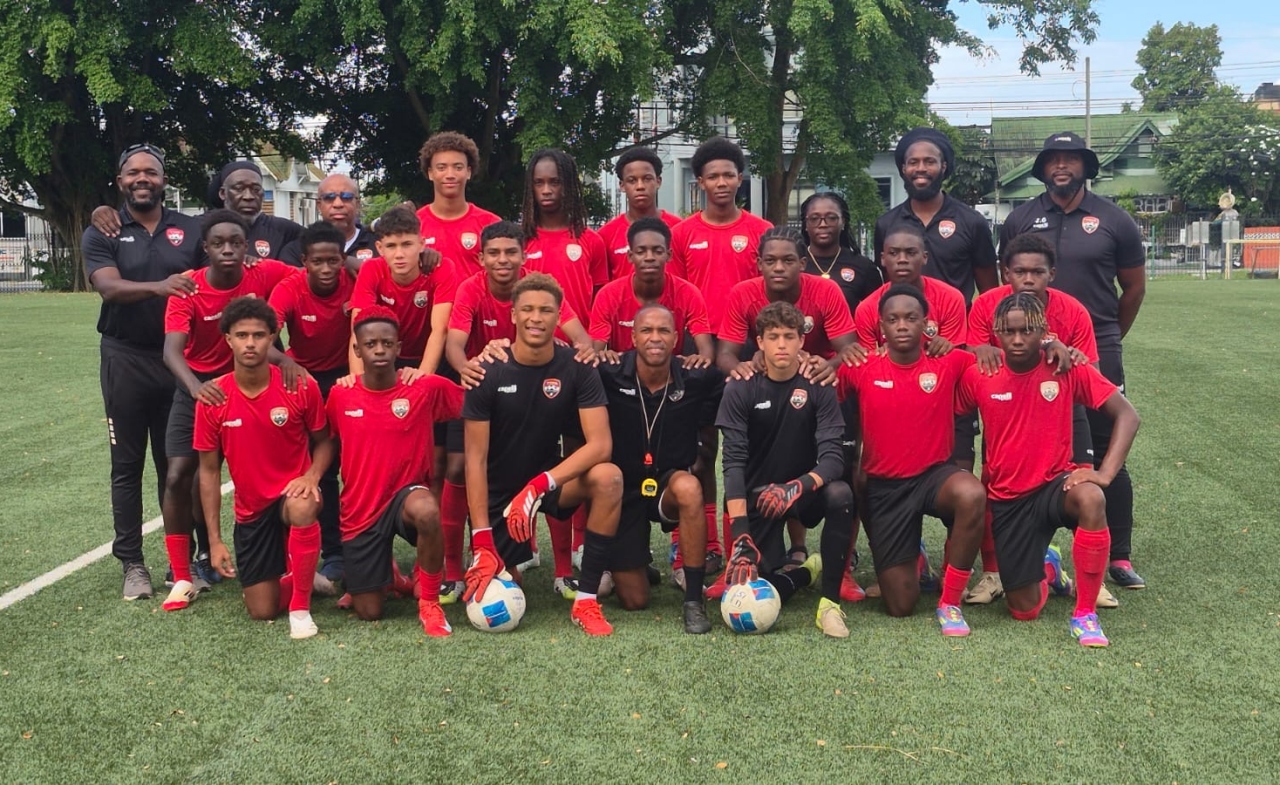
I’d suppose the first line of business is to establish why that matters.
If you inherited a failing restaurant tomorrow and were committed to turning around its fortunes, you would probably ask yourself a few questions:
Is the chef any good? How is the customer service? Is the marketing delivering? Do the staff pull their weight? Is the building in good order?
It is the TTFA executive committee’s job, on the guidance of its technical committee, to create an environment that is conducive to discovering and developing talent within the two-island republic (at least, as a first port of call).
The technical director must diligently implement that vision.
The various national football team technical staff, led by the head coach and manager, are responsible for maximising the potential of standout players within the structure created—or managed—by the TTFA executive and run by the technical director.

Photo: Daniel Prentice/ Wired868.
The current pool of Men’s National Senior Team players, for instance, is the offspring of previous administrations.
Yes, Edwards and his executive and administrative team have an important job to support head coach Dwight Yorke and his players. But the player pool was entirely inherited.
A closer look at Yorke’s core players tells its own tale:
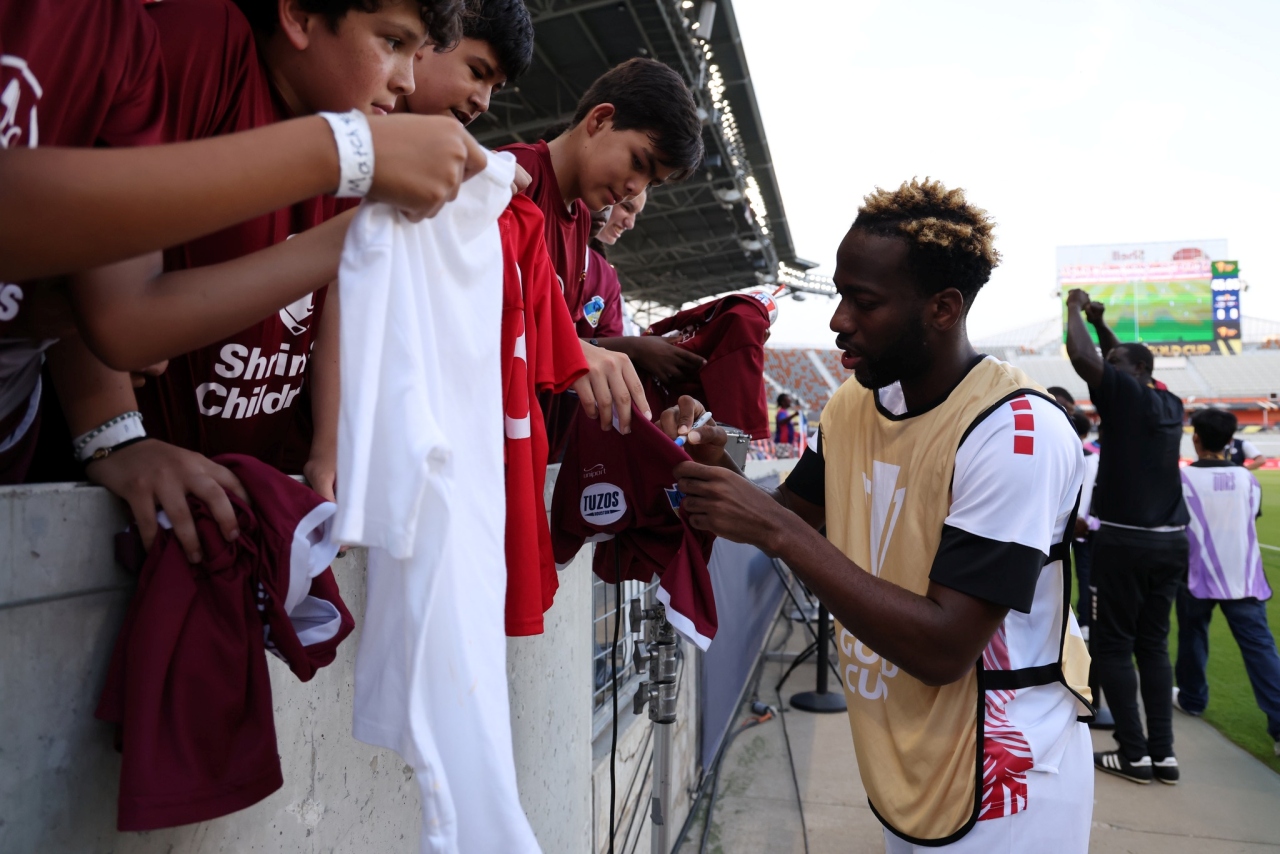
Photo: Troy Taormina-Imagn Images.
Kevin Molino, Marvin Phillip, Sheldon Bateau, Joevin Jones (made their international youth debuts between 2000 and 2010, under the Oliver Camps–Jack Warner administration), Levi Garcia (emerged as a youth player during the Raymond Tim Kee era), Nathaniel James (the sole player in current team from David John-Williams’ elite development plan), Tyrese Spicer (a SSFL player during the John-Williams-led era, who was already in the US for five years, before his international debut), Dante Sealy, Ajani Fortune, Daniel Phillips, and Rio Cardines (all players developed entirely overseas).
In 2025, Trinidad and Tobago still lean heavily on players developed close to two decades ago. Garcia apart, the more recent crop of players are role players—or, to quote Eric Cantona, water carriers—expected to run the hard yards that Molino can no longer manage.
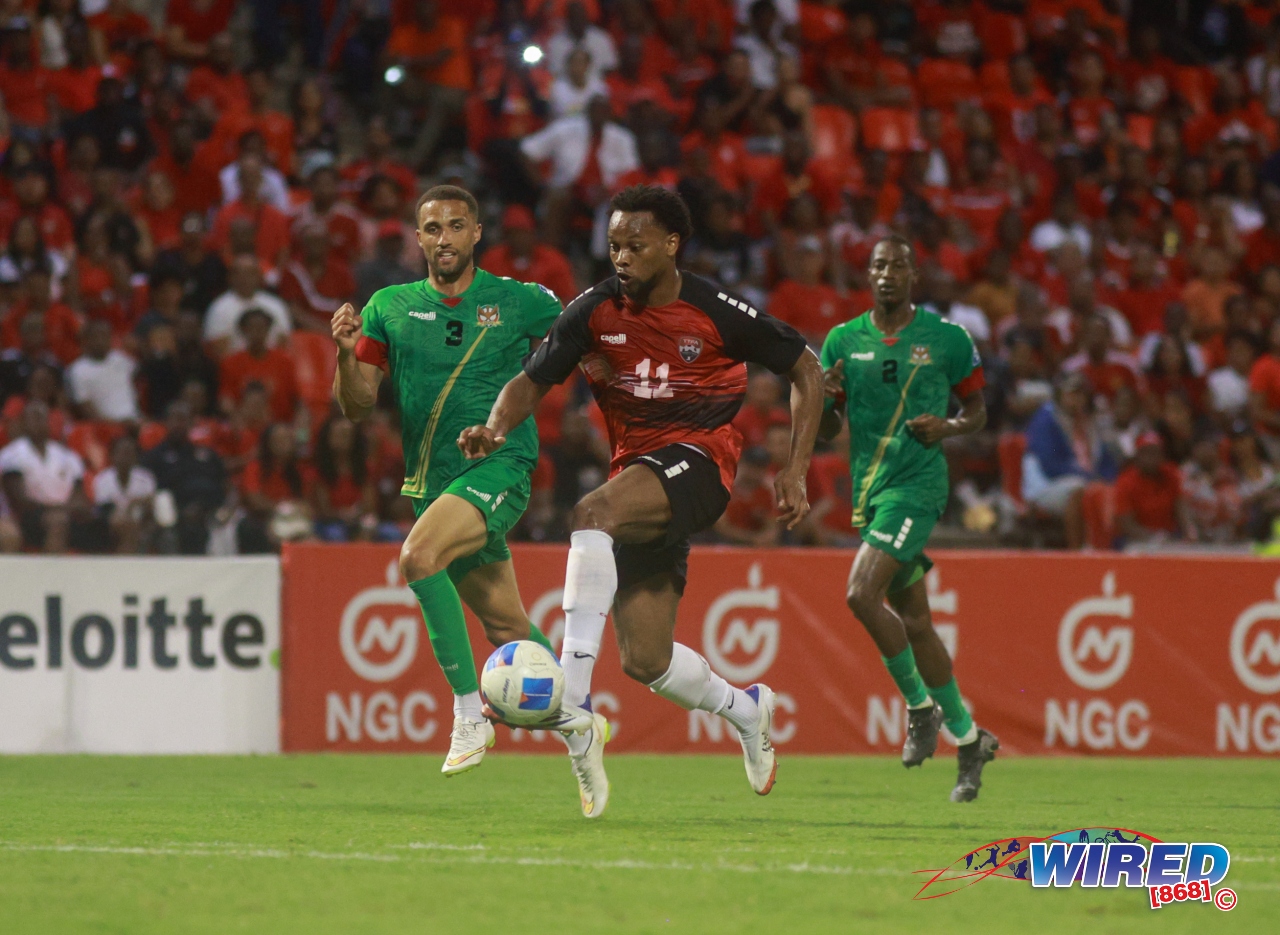
Photo: Nicholas Bhajan/ Wired868.
And if Garcia, now 27, is the only stand-out player to emerge in close to 20 years, the odds are he is more a fluke than a design.
Yet, the TTFA has basically not changed course in the realms of youth development for at least 10 years, with the current High Performance programme being, by and large, a watered-down version (due primarily to financial scale) of the model introduced by John-Williams.
Where is the evidence that it is working—at least on the boys’ side?
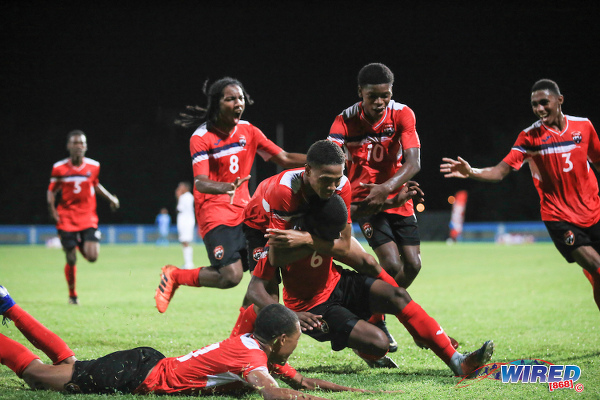
Panama won 5-4.
Photo: Allan V Crane/ CA-images/ Wired868.
Let’s look at the youth football system that exists at present in Trinidad and Tobago.
The High Performance programme focuses on the most obviously talented under-21 girls and under-16 boys in Trinidad. There are between 30 to 40 players in each pool.
They train three days a week at the most, while dropping to one or two days—or none at all—during the Secondary Schools Football League (SSFL) season.

Photo: Daniel Prentice/ Wired868.
There is no equivalent programme in Tobago, or at least nothing near to it in scope or regularity.
The High Performance teams generally train at the Ato Boldon Stadium in Couva or the Mannie Ramjohn Stadium in Marabella, although they occasionally hold sessions at the Hasely Crawford Stadium training field in Port of Spain.
Immediately, the player pools are limited by finances and the willingness of parents to compromise their children’s education.
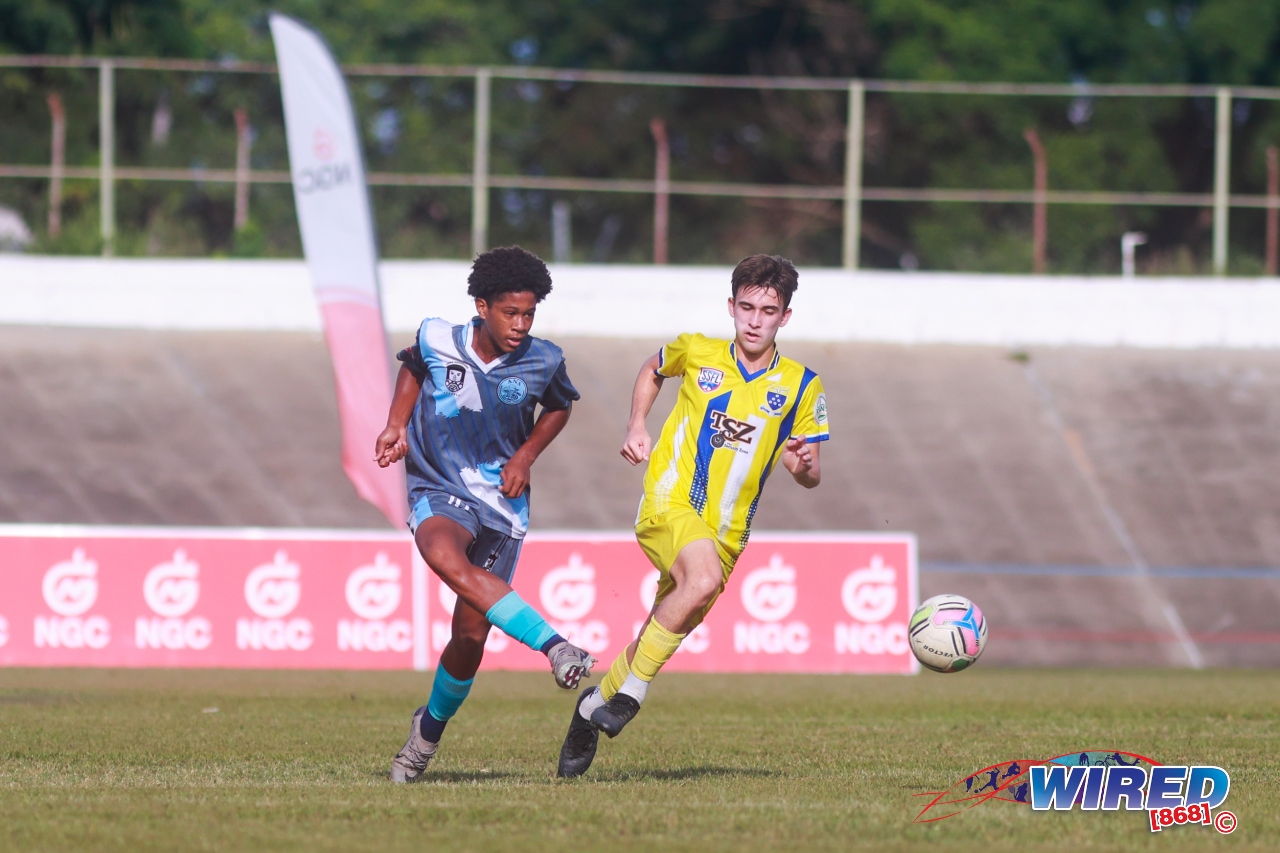
Both players were part of the High Performance programme, although De Four, who is from Maloney, struggled to afford the travel and eventually dropped out.
Copyright: Nicholas Bhajan/ Wired868.
It can cost roughly $100 to travel to Marabella and back for a boy from east Trinidad, which equates to about $1,200 a month. There are more than a few football parents who do not have that sort of disposable income. And not everyone can arrange carpools or secure lifts.
Students from north or east Trinidad also have to leave their classrooms at about 1 pm to get to training on time. It is an additional cost, with no certainty of a national cap for your sacrifice.
Then there is the SSFL, which remains the top youth competition in Trinidad and Tobago, in terms of the quality and organisation of the teams and their respective coaching staff. It runs from September to December, with the bulk of preparation work done in July and August.

At his side are assistant Hisham Gomes (right) and manager Stephen Williams.
Charles is a former Trinidad and Tobago Men’s National Senior Team head coach and was also assistant coach at the 2009 Under-20 World Cup and the 2003 and 2005 Concacaf Gold Cups, when T&T made successive quarterfinal finishes.
Photo: Nicholas Bhajan/ Wired868.
The Republic Bank National Youth Football League is the only youth tournament that operates directly under the TTFA’s umbrella and plays between January and May.
The All Stars League, which features an under-15 and under-17 competition, runs from April until the end of June, while the West Penn Under-21 competition plays from early June to August.
The NLCL under-19 competitions, dormant because of issues with Safeguarding manager Gary St Rose, generally run between December and March. There was also an NLCL under-15 tournament between May and June in 2023.
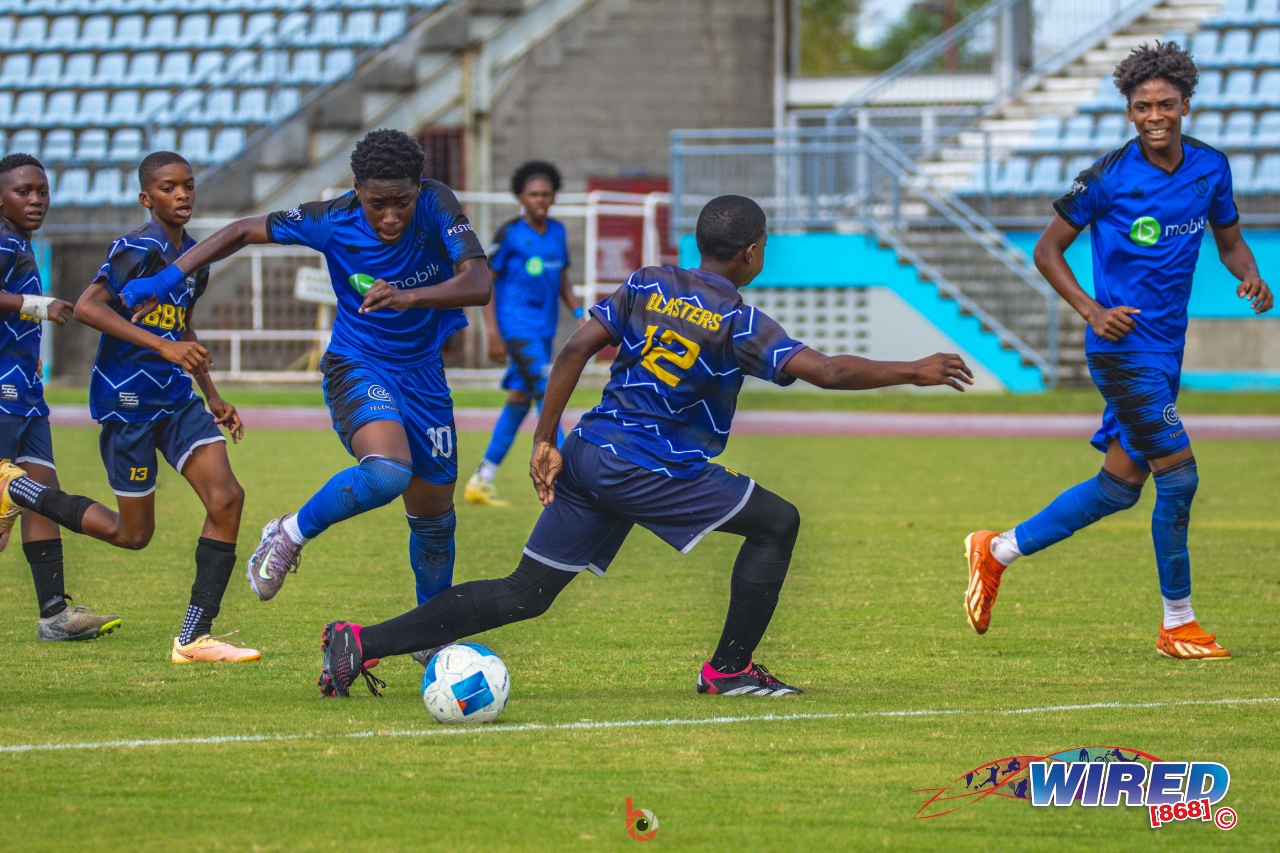
Photo: Dirk Allahar/ BCreative Designs/ Wired868.
Often, Trinidad and Tobago’s “elite” young players—the boys who showed some early ability—feature in all four competitions, plus the even less structured tournaments.
Former Arsenal coach Arsene Wenger noted that the ideal ratio in player development is four or five training sessions per game. In Trinidad and Tobago, some of our teenagers now attend more matches than training sessions.
Imagine a child who does multiple exams every week but rarely studies. Will that child continue to improve academically? Why would sport be any different?

Photo: Dirk Allahar/ BCreative Designs/ Wired868.
We are now firmly in the era of sweaters—and the persons responsible for regulating such things at the TTFA are clearly asleep at the wheel.
With regards to the grassroots game, Fifa long identified the role of non-formal football in not only growing a country’s pool of available players, but in sharing the joy of the game and its health benefits with non-elite boys and girls.
Think about the late bloomer at Fatima College or St Benedict’s College, who can’t get into his school’s squad, barely gets off the bench at Pro Series or Beatnix SC, or whose unheralded team could not get a space in the RBNYFL.
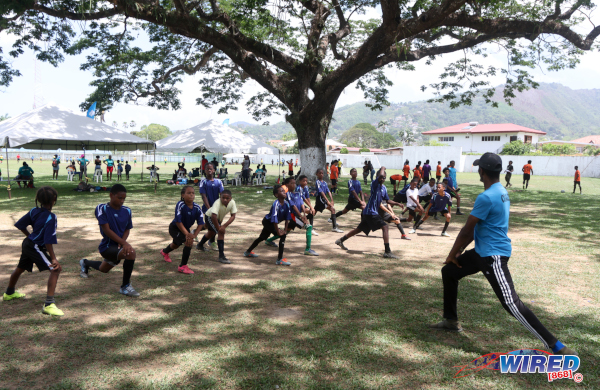
Photo: Nicholas Bhajan/ Wired868.
Where does that player go if every competition is catering for the big clubs and top players? And should the likes of precocious players like Criston Gomez and Adasa Richardson be involved in what are, outside of the RBNYFL, basically minor youth leagues?
Edwards vowed to restructure the High Performance programme by having elite players operate in their zones instead.
That change should lessen the issues that come with regular long commutes for the talented teenagers, thereby ensuring that fewer players slip through the cracks. And, at the same time, it would widen the pool of players who receive “elite” training from 40 to 150 (25 boys in each of the six zones).

Photo: Daniel Prentice/ Wired868.
Edwards’ initial implementation of that campaign promise was farcical, though, as some zones—operating independently of the TTFA’s technical department—appointed coaches without appropriate certification to guide the country’s brightest young talent.
In the months leading up to the Concacaf Under-15 Championship, Trinidad and Tobago’s best players had three days’ training with the national team, another session with their zones, a game per week with the zone and another with the national team…
And then, on their only off day, some of those boys played with their clubs in the All-Star competition.
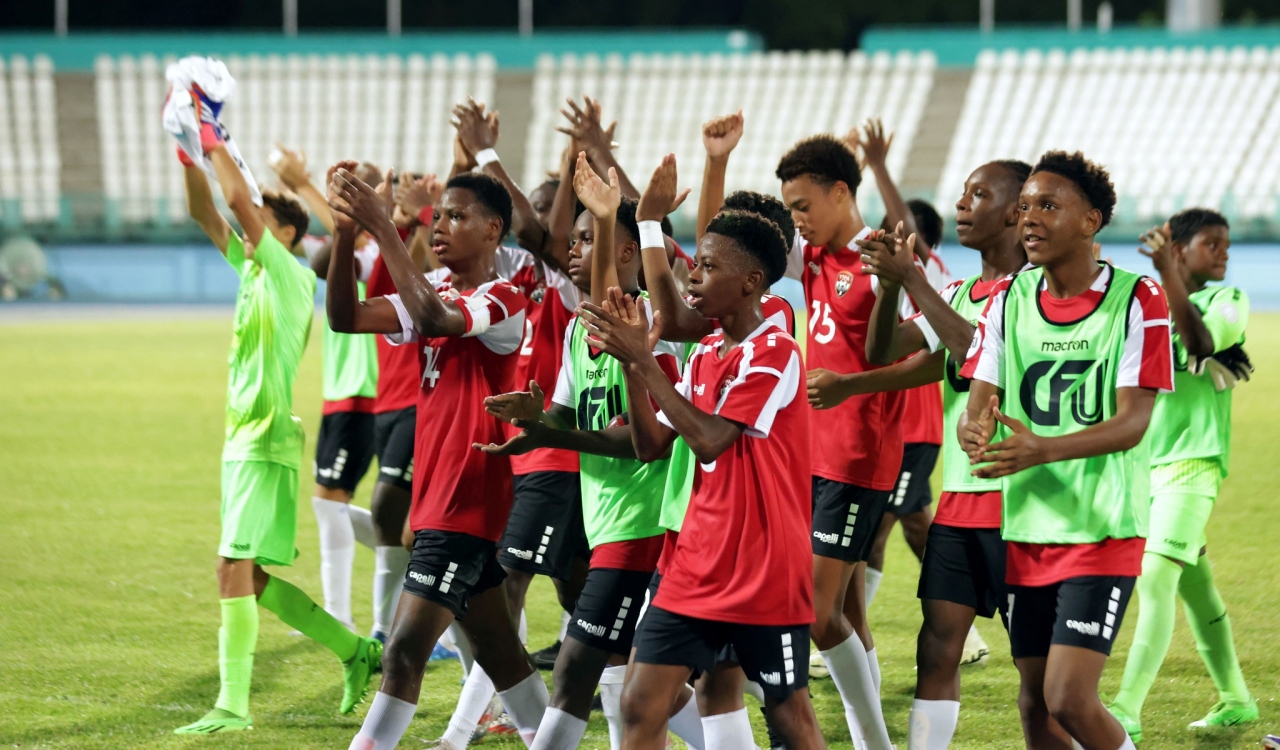
Photo: TTFA Media.
Do you really need to be a physiotherapist to see the dangers of that schedule to a 14 or 15-year-old, who almost certainly has a less-than-adequate diet to start with?
Why has the TTFA technical department or technical committee—or safeguarding committee!—not stepped in to preserve the health of our young players?
Jamaica, with a 100 percent local team, routed Trinidad and Tobago 6-2 in Aruba. Theobald’s squad, for the record, had two overseas-based players.

Photo: TTFA Media.
That point is not made as a slight on the TTFA’s use of its diaspora. Rather, it highlights the fact that the young Reggae Boyz are entirely the product of their domestic football set-up.
Like Trinidad and Tobago, Jamaica places a high value on its school football system. Both islands have some of their best coaches in the schools.
From Trinidad and Tobago’s 16 Premier Division schools, seven (St Benedict’s College, St Mary’s College, St Anthony’s College, Queen’s Royal College, Naparima College, Presentation College San Fernando and Arima North Secondary) have coaches with international experience, while another two—Fatima College and Trinity College East—have coaches working within the TTFA High Performance programme.
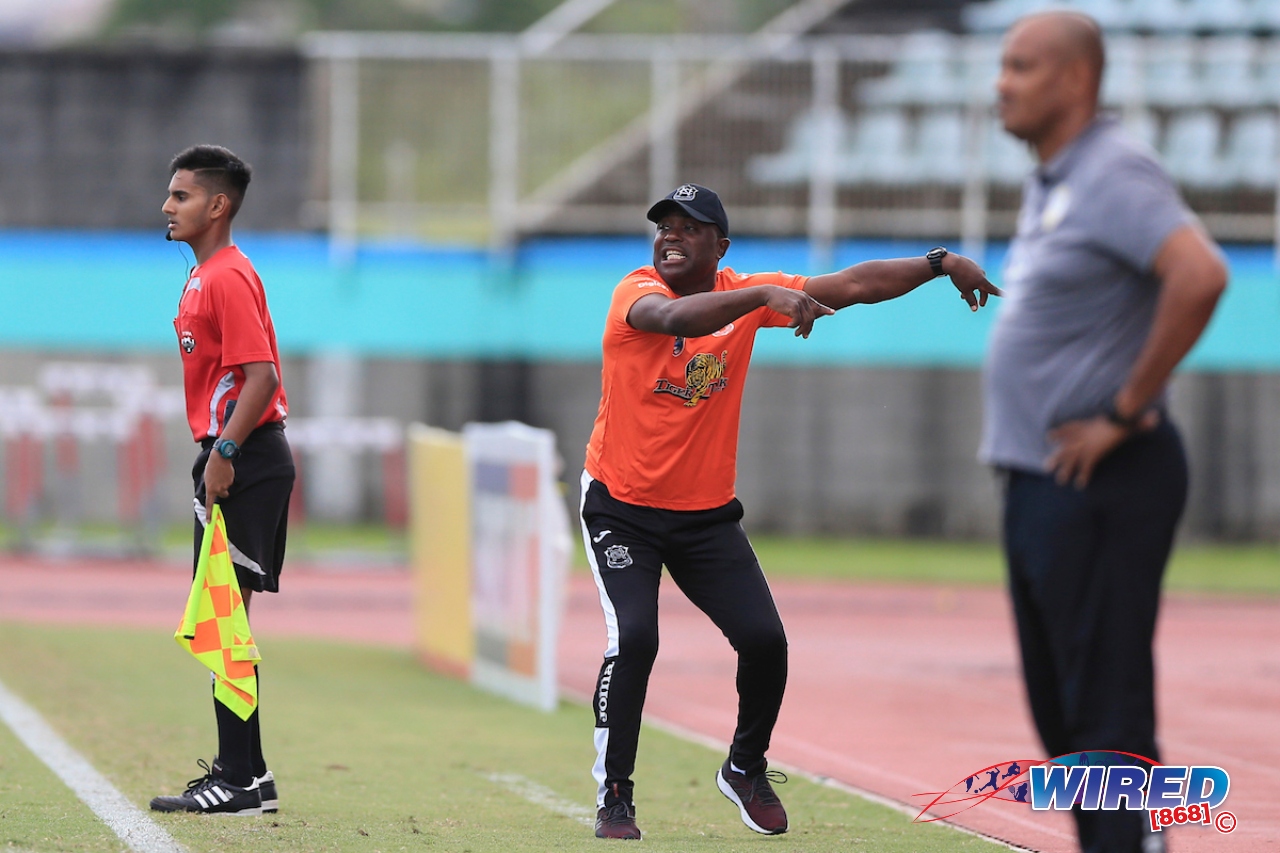
Eve, a former international senior team coach with Trinidad and Tobago and Montserrat, is one of several vastly experienced coaches operating in the SSFL competition.
Photo: Allan V Crane/ CA-Images/ Wired868.
In contrast, only five TTPFL Tier One clubs have coaches with similar high-level experience.
It is ignorant to say that young footballers are better off outside the Trinidad and Tobago school system. But really, the most important thing is the quality of football education that our teenagers are exposed to — no matter if it comes from a school or club.
Incidentally, the Jamaican football set-up does not interfere with the work of its schools league.
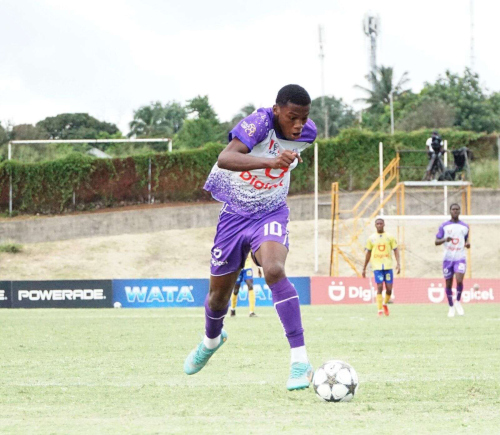
Parallel youth competitions are not encouraged to disrupt their preseason, while their version of a high-performance programme, the JFF’s Talent Development System (TDS), does not run during the schools’ football period.
(Jamaican student athletes are allowed to play high-level adult football during their school season without repercussions, though.)
Andrew Peart, who led Jamaica to the League B title and a mauling of Trinidad and Tobago at the just-concluded Concacaf Under-15 Championship, is a school coach himself. Peart works outside of Jamaica’s TDS.
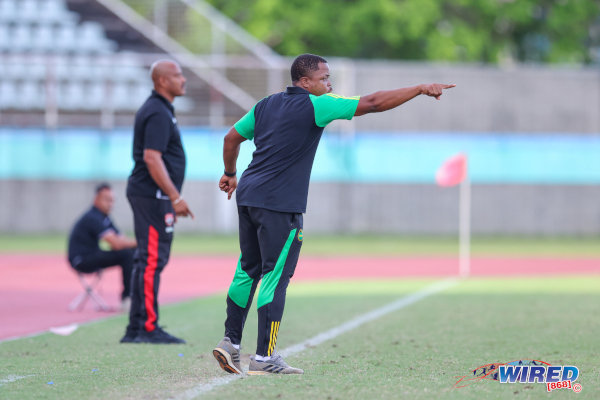
Photo: Daniel Prentice/ Wired868.
An elite Jamaican youth player is with his school team between July and December. Between January to June, that boy trains three days a week with the TDS in Kingston and spends the rest of the week at his club.
Club competitions in Jamaica are harmonised so as to avoid the scenario in Trinidad and Tobago where boys often play multiple games each weekend.
The TDS is non-residential. So, it obviously does not cater for boys from far-flung areas of their country, such as Montego Bay.
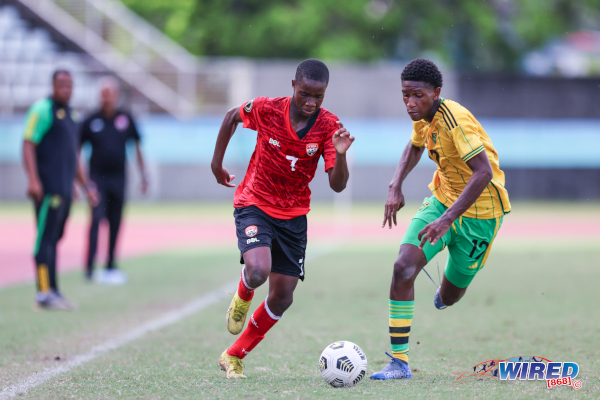
Photo: Daniel Prentice/ Wired868.
However, Jamaica’s technical department liaises with clubs in such areas—and, in other cases, schools outside of their top flight—and provides them with IDPs (individual development plans) so their players can keep up with the best on the island.
Last year, five Tobago players were selected on the Trinidad and Tobago Boys’ National Under-14 Team, while two earned the nod on Theobald’s team for the 2025 competition.
Those boys, almost entirely from the Ball Blasters Youth Academy, are not part of the High Performance programme. Their ability to keep pace with the boys regularly under Theobald’s watch is proof that it is unnecessary to have all boys in a single 40-member pool all year round. They can get quality coaching and develop elsewhere.

Duncan represented Trinidad and Tobago at the 2024 CFU U-14 Boys Series and the 2025 Concacaf U-15 Championship despite not being a member of the High Performance programme.
Photo: Wired868.
It is only the TTFA’s absurd inability to function across the sea-bridge that allows Ball Blasters space to manage their own affairs. But are there not also clubs and schools in Trinidad that provide environments that are similarly beneficial to their players, if not more so?
The TTFA’s technical department should focus more on sharing IDPs with clubs, schools and zones rather than forcing boys and girls, concerned about their national picks, to make regular cross-country commutes.
The current relationship between the various parties in youth football is not beneficial to the athletes.

Sheppard, who coached professionally in Taiwan, is also head coach at Arima North Secondary, Davis is head coach at Trinity College East, and Marshall is assistant coach on the Trinidad and Tobago Boys’ National Under-15 Team.
Photo: Nicholas Bhajan/ Wired868.
Incidentally, the fact that Peart isn’t a part of Jamaica’s version of a high-performance programme might also mean less bias in their national squad selection.
This is not to say at all that Theobald is an overtly biased selector. But, naturally, he would feel more comfortable going with the boys he sees more regularly.
Peart, on the other hand, might just as easily select a boy from Montego Bay as he would one from Kingston—since he is not hands-on with the JFF’s TDS.
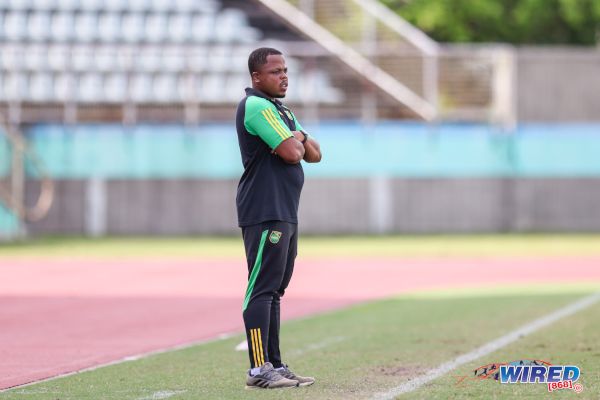
Photo: Daniel Prentice/ Wired868.
The current Trinidad and Tobago technical department might insist on having the best 30 players in every age group on one training ground, under its thumb, for the entire year. But they cannot show you a single established football nation in the world that operates in that way.
So why don’t they follow the best-case models and work with the various club and school programmes, so as to ensure that more youth players across the country get a higher level of coaching?
(The TTFA already has a database of all the islands’ coaches via its coaching courses.)

Then national Under-17 head coach Shawn Cooper, also of Presentation College San Fernando, is third from left (hand on waist).
St Anthony’s coach Gilbert Bateau was also part of the national under-20 staff.
Photo: Daniel Prentice/ Wired868.
Trinidad and Tobago actually produces less high quality players now, in its high performance era, than before.
Nine years after John-Williams launched the TTFA’s elite programme in 2016, Dantaye Gilbert, Nathaniel James and Molik Khan are the only three players to turn professional at any credible level. And only the 21-year-old James, who plays in the US third division, is within the current national squad.
There is plenty of time for all three to go on to achieve impressive things. But, thus far, their trajectory does not match that of Dwight Yorke, Kenwyne Jones and Levi Garcia.
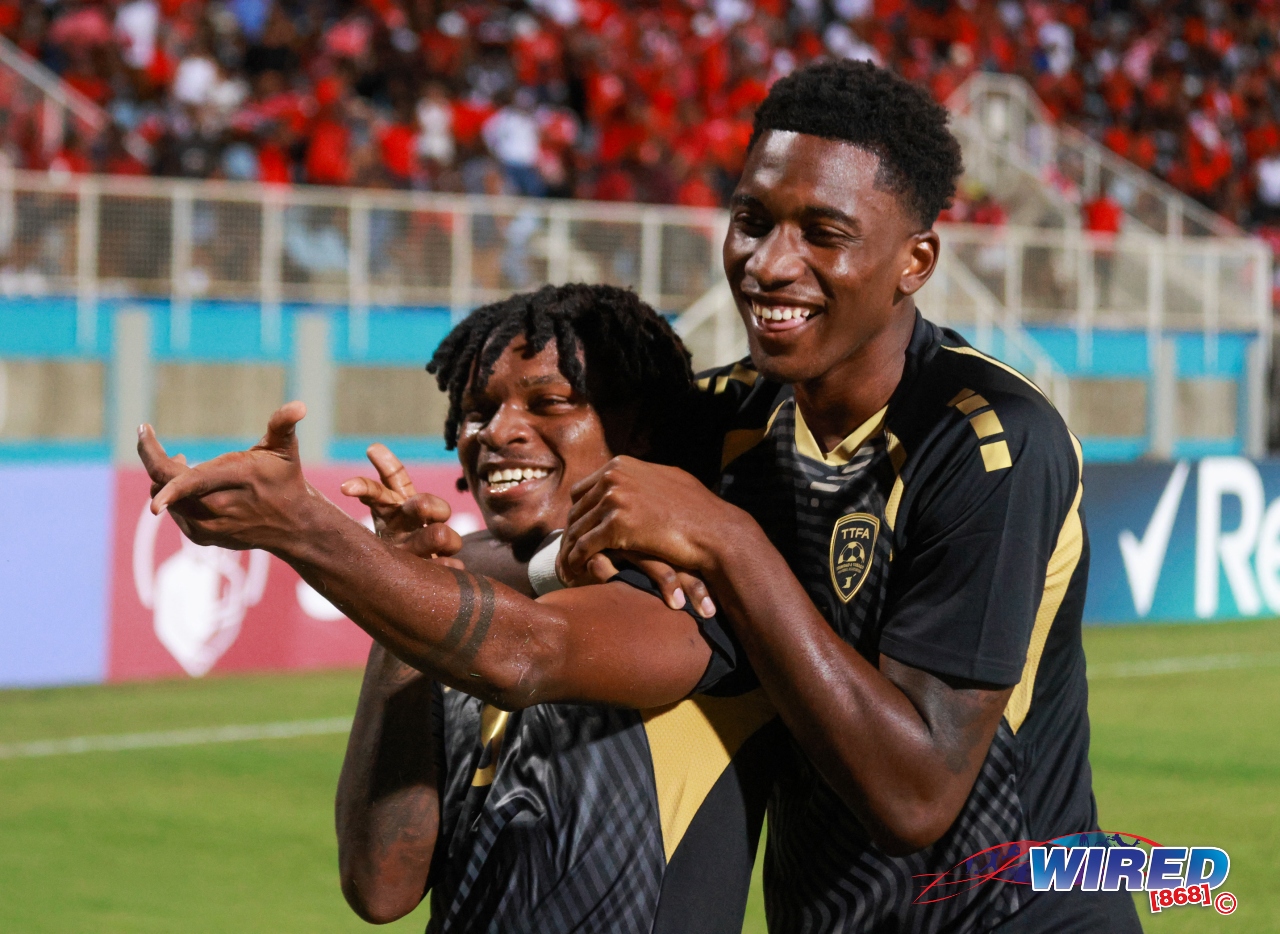
Photo: Nicholas Bhajan/ Wired868.
Again, this is not meant as a dig on our present crop of players. But we must find some way of measuring the value of our current programmes.
To return to the restaurant analogy, is the problem the quality of the food? Or is the customer service, or the marketing?
The present structure of Trinidad and Tobago’s youth football, between school, clubs and the national programmes, is an incoherent mess. Do Edwards or Corneal have the answer? Are they looking for one?
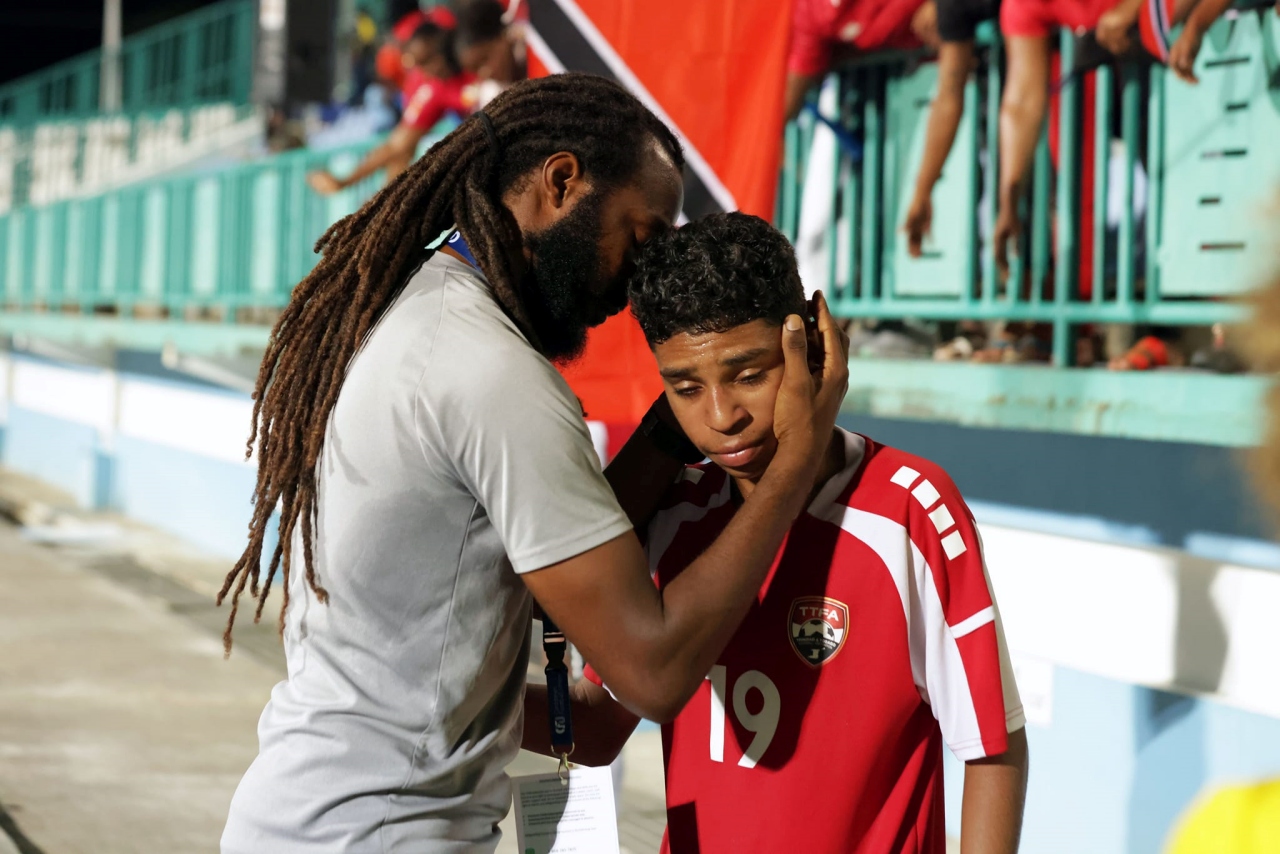
Photo: TTFA Media.
Jamaica football has: a better organised domestic adult club competition than we do, its schools game is supported by not only the JFF but their Ministry of Education (Jamaican schools can import players from around the Caribbean while, in T&T, government schools can barely get a transfer in from Coryal Secondary, despite the clear benefit to the student), a sensible youth football calendar, and a talent identification system that does not pretend to be the be-all and end-all of the island’s developmental plan.
And what is Trinidad and Tobago doing?
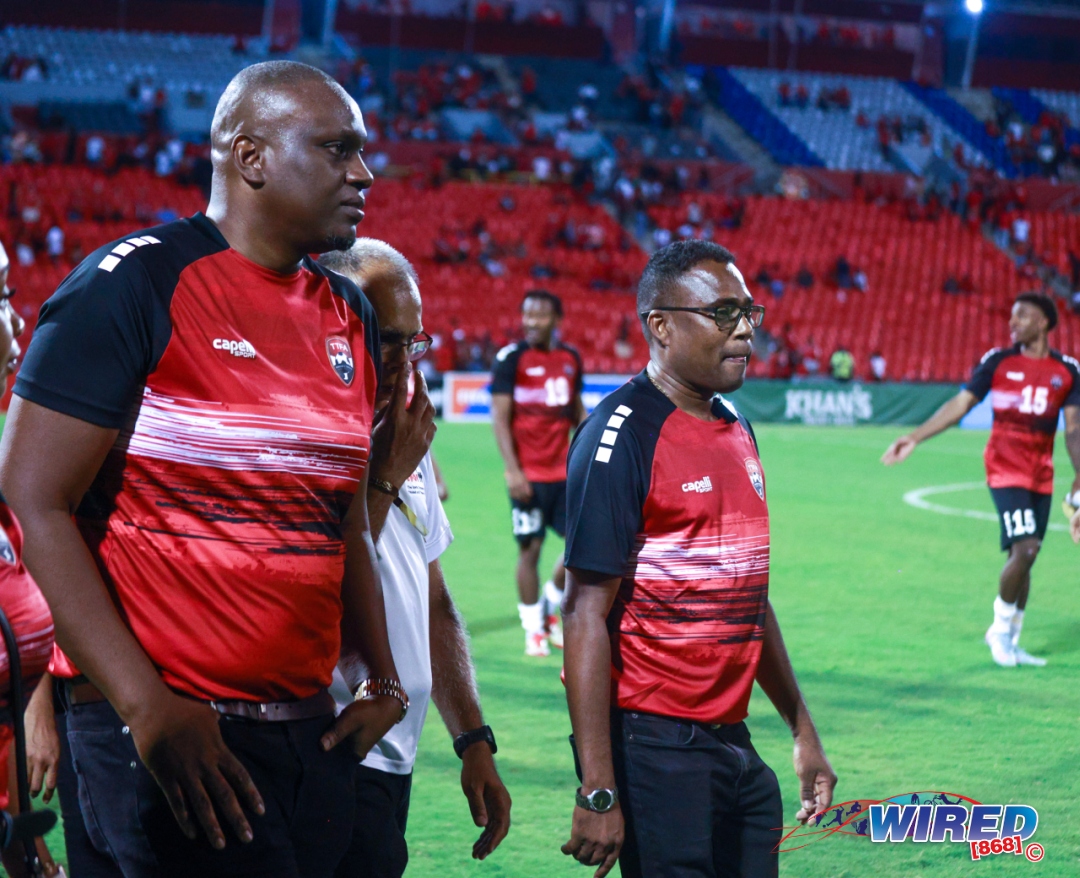
Photo: Nicholas Bhajan/ Wired868.
Banking on the political promise of a grandparents’ law to become competitive in the future—as though the top young players of the world are anxious to represent an association that can’t even arrange travel for its teams?
If Edwards thinks a full stadium for the Soca Warriors’ next World Cup qualifier is testimony to the value of his stewardship, then he has not been paying attention.
Trinidad and Tobago football, at youth and domestic club level, needs bold, sensible ideas—the kind that emerge from discussions with experienced stakeholders—and proper management.

USA won 5-0.
Photo: Doug Zimmerman/ Isi Photos.
Would you say that either quality is evident at present?
A generation of young footballers will rise or fall based on what Edwards’ executive team does next.
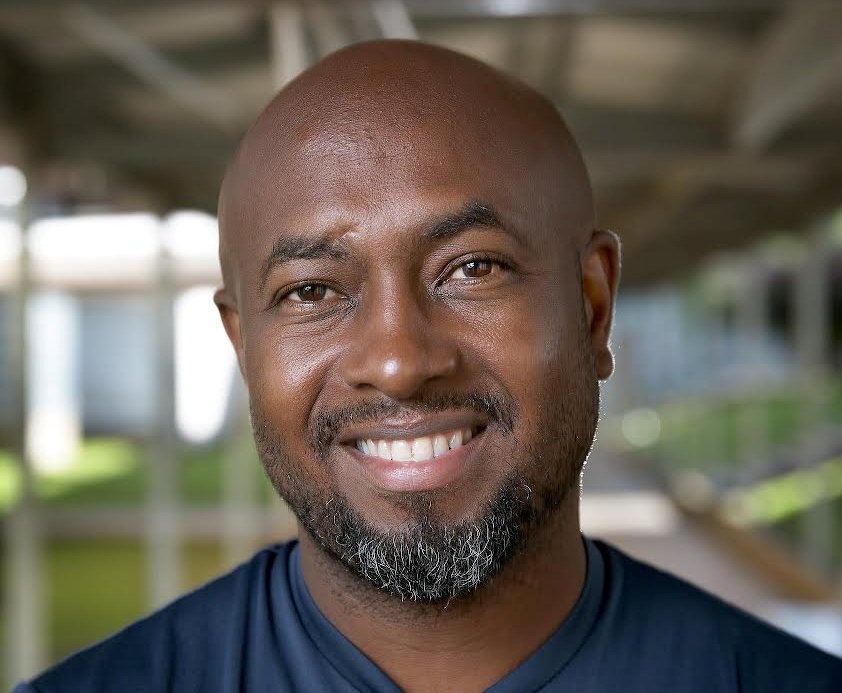
Lasana Liburd is the managing director and chief editor at Wired868.com and a journalist with over 20 years experience at several Trinidad and Tobago and international publications including Play the Game, World Soccer, UK Guardian and the Trinidad Express.
 Wired868 Wired868 for smart sport news and opinion
Wired868 Wired868 for smart sport news and opinion


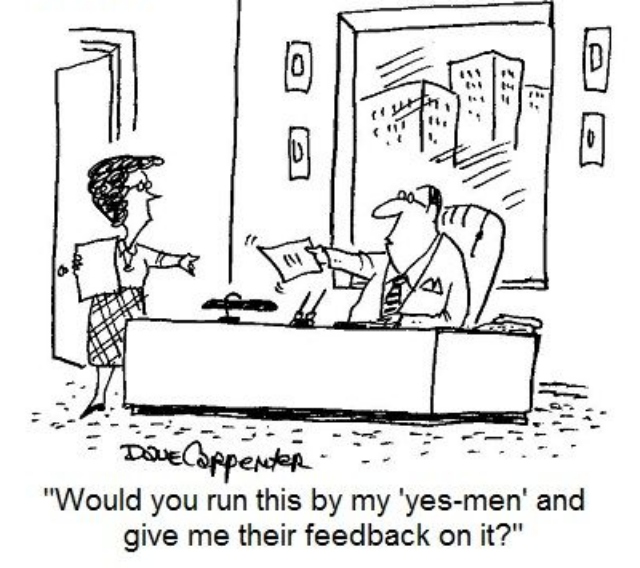
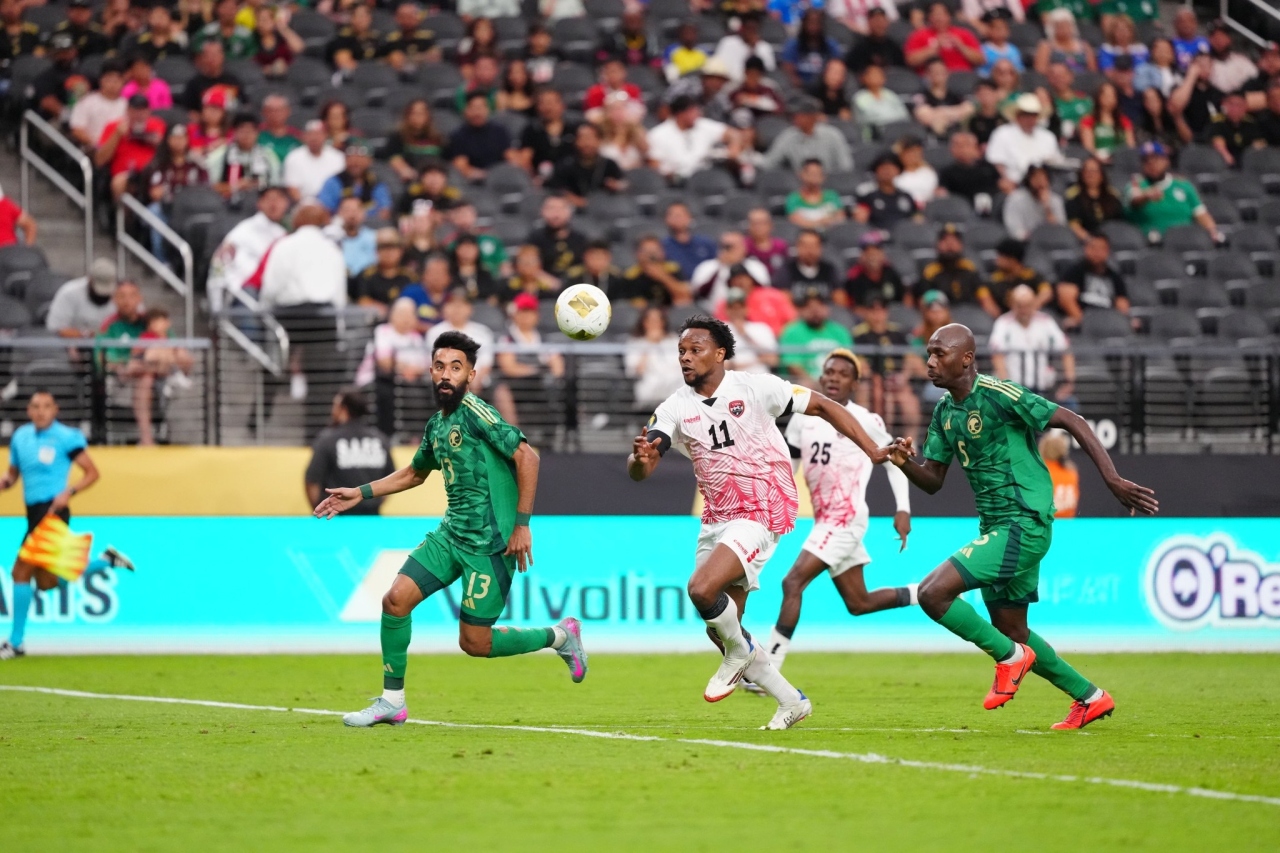

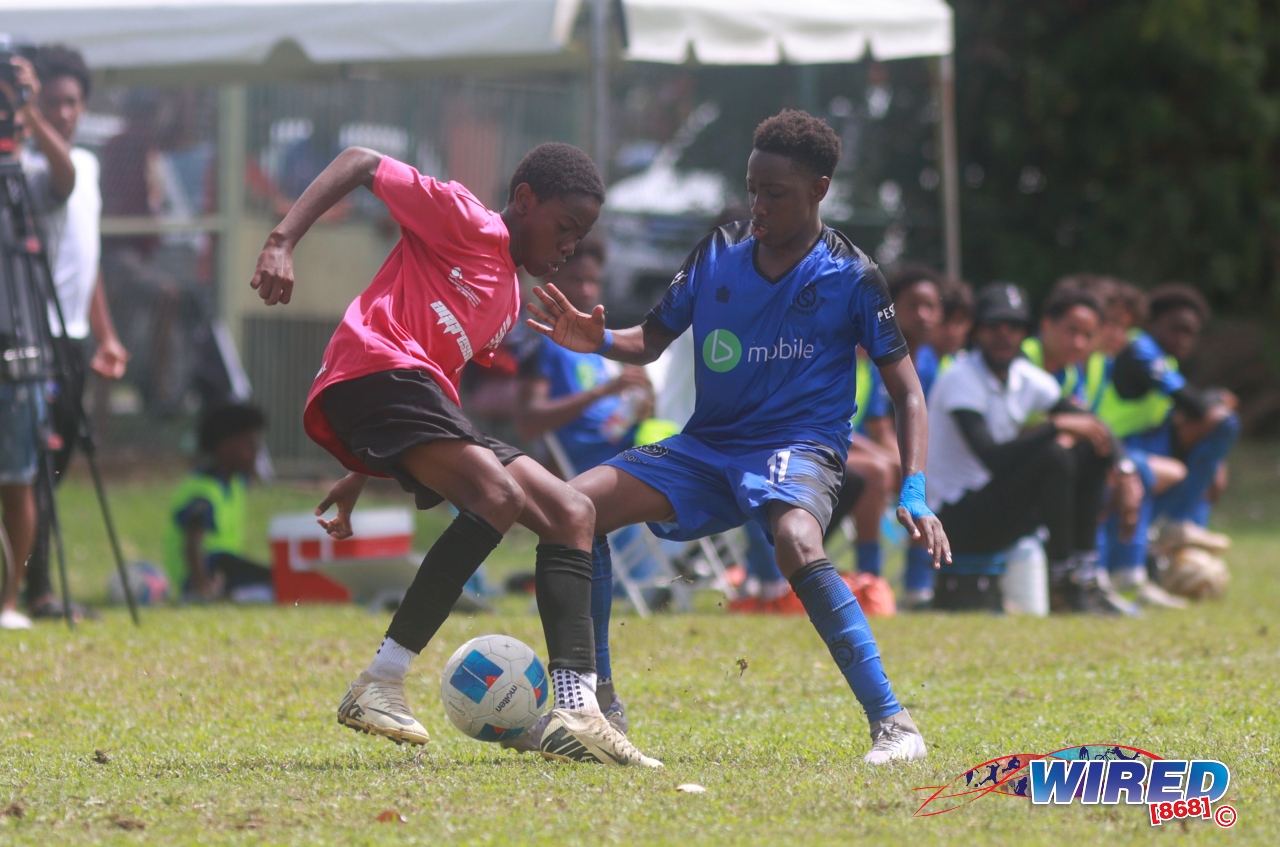
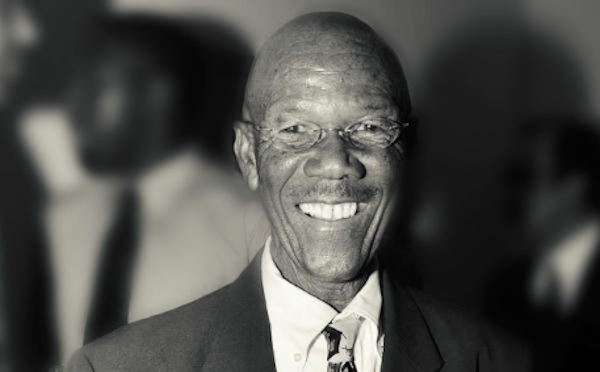
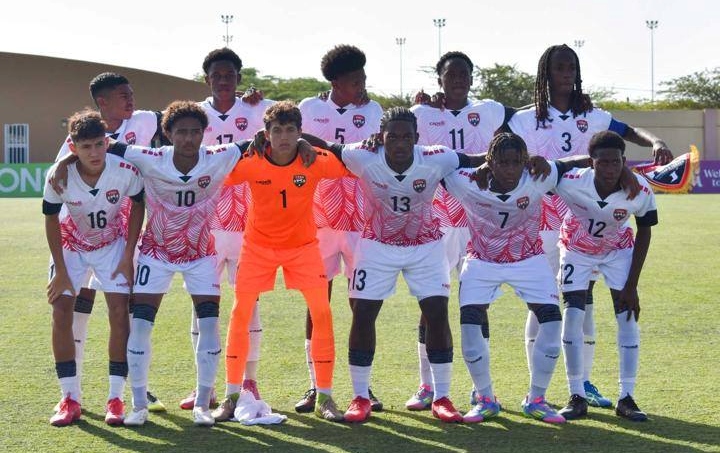


Powerful.